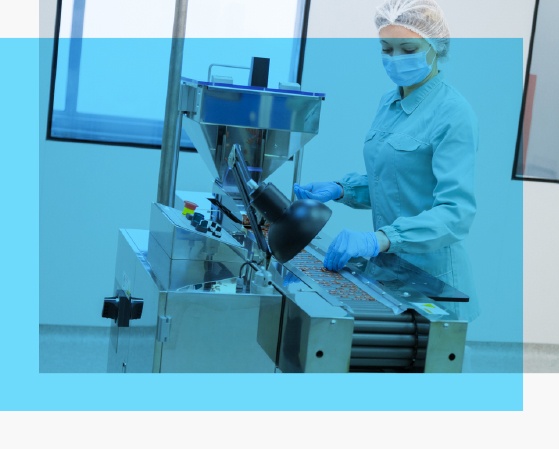
In the pharmaceutical business, the time from raw material extraction to delivery of a finished product can be protracted. Such was the case highest performing product for a global pharmaceutical company. Sold all over the world under different brand names, Isotretinoin is manufactured using ingredients sourced from multiple suppliers worldwide and is distributed from global packing facilities by both sea and air.
The company set out to develop a supply chain strategy that would help ensure that Isotretinoin retained its top revenue-generating status in the market. Specifically, they wanted to understand the impact of different supply chain configurations, inventory, total costs and customer service. They partnered with Antuit and its team of supply chain optimization experts to explore how variables such as lead times, minimum order quantities, batch sizes, production yields, inventory buffer stocks and testing costs could impact service delivery performance and profitability.
Over a two-month period, Antuit conducted two streams of work—strategic network design to determine the optimal supply chain network for specific goals as well as constraints and inventory optimization to determine safety stock levels across the supply chain. The team developed a baseline model to quantify DPL’s existing cost to serve its customers. With this model in place, the team was then able to answer strategic questions such as:
Antuit conducted several different scenarios, including the introduction of new manufacturing plants, packing locations, alternative transportation modes and more.
The strategic models projected cost impacts for each scenario and helped DPL arrive at a number of actionable and illuminating insights. Among them, that the opening of a new packaging plant—an option under consideration—would not be as profitable as anticipated and that air was the preferred mode of transportation over sea.
Most importantly, Antuit was able to show the client how they could achieve nearly US$2 million in cost savings through an assortment of other supply chain adjustments, further enhancing the profitability of the company’s most important product.